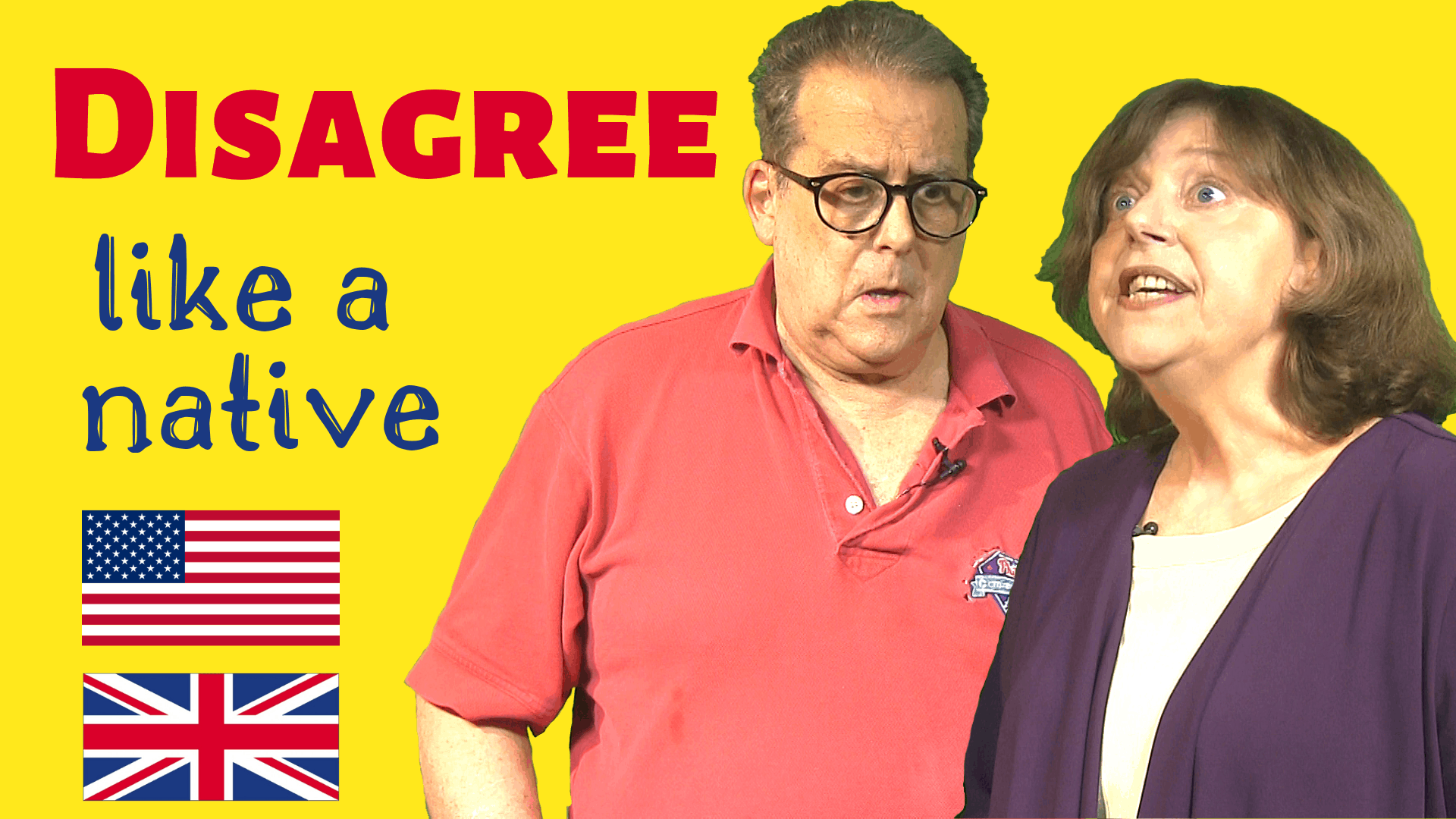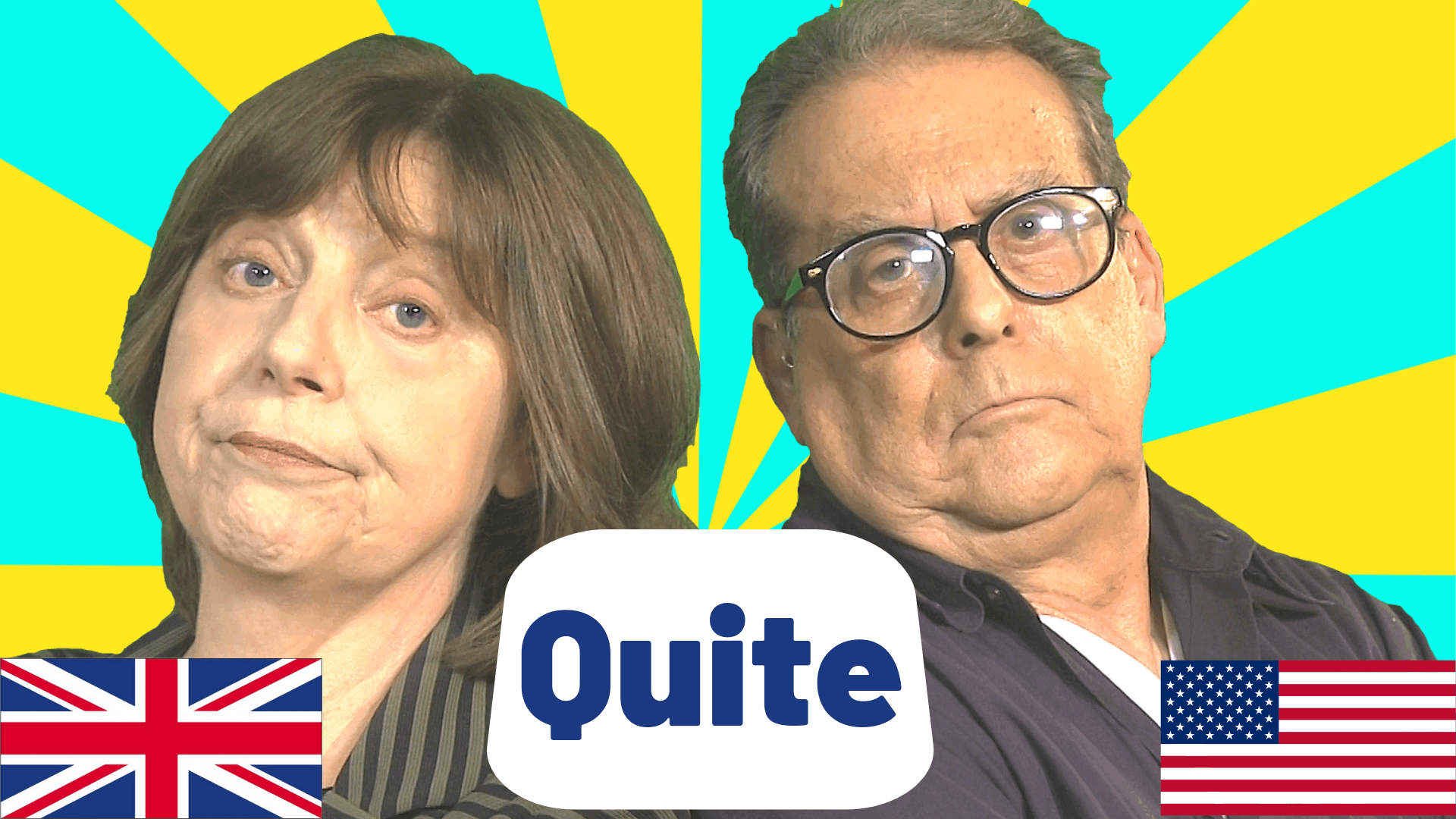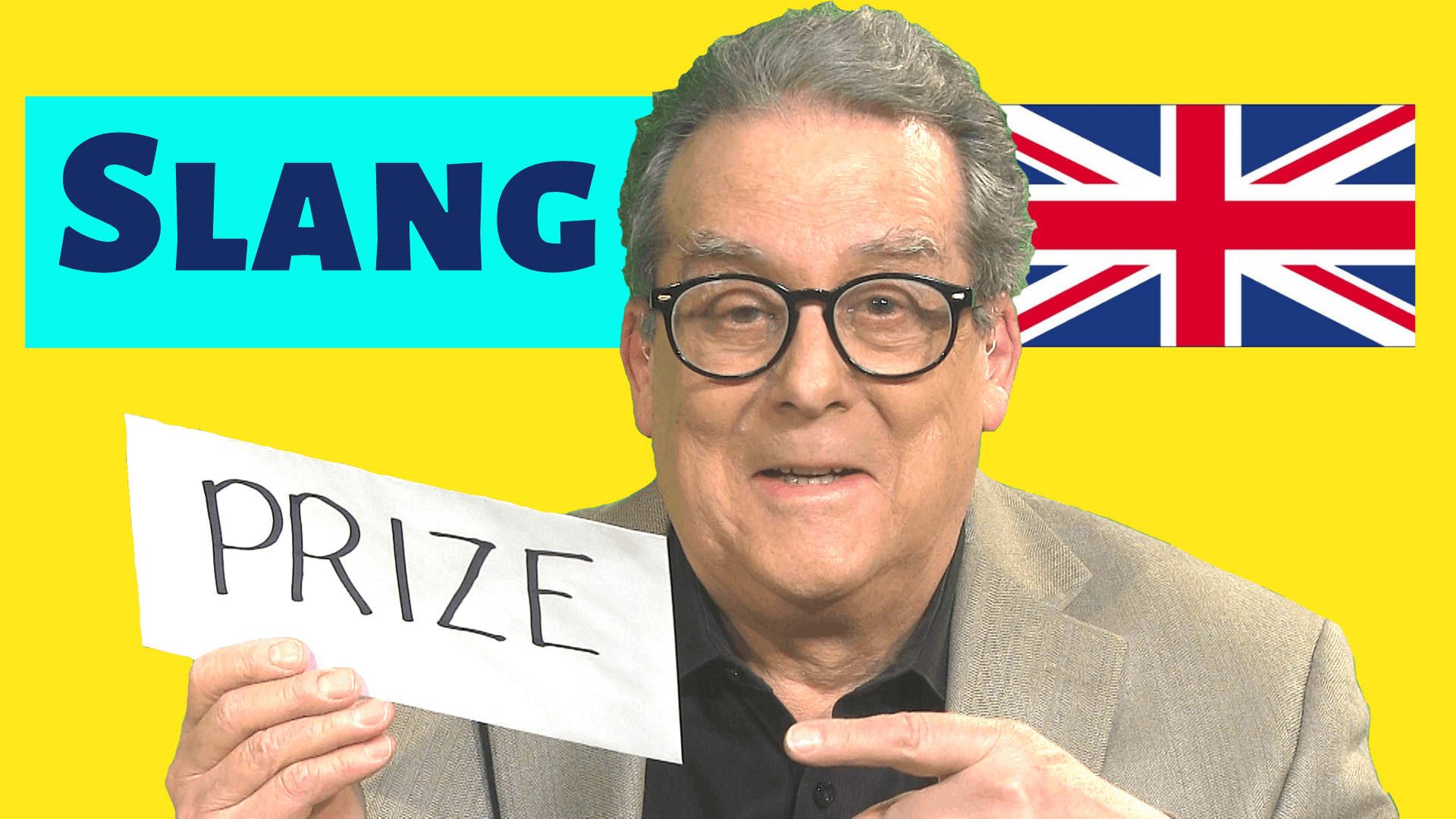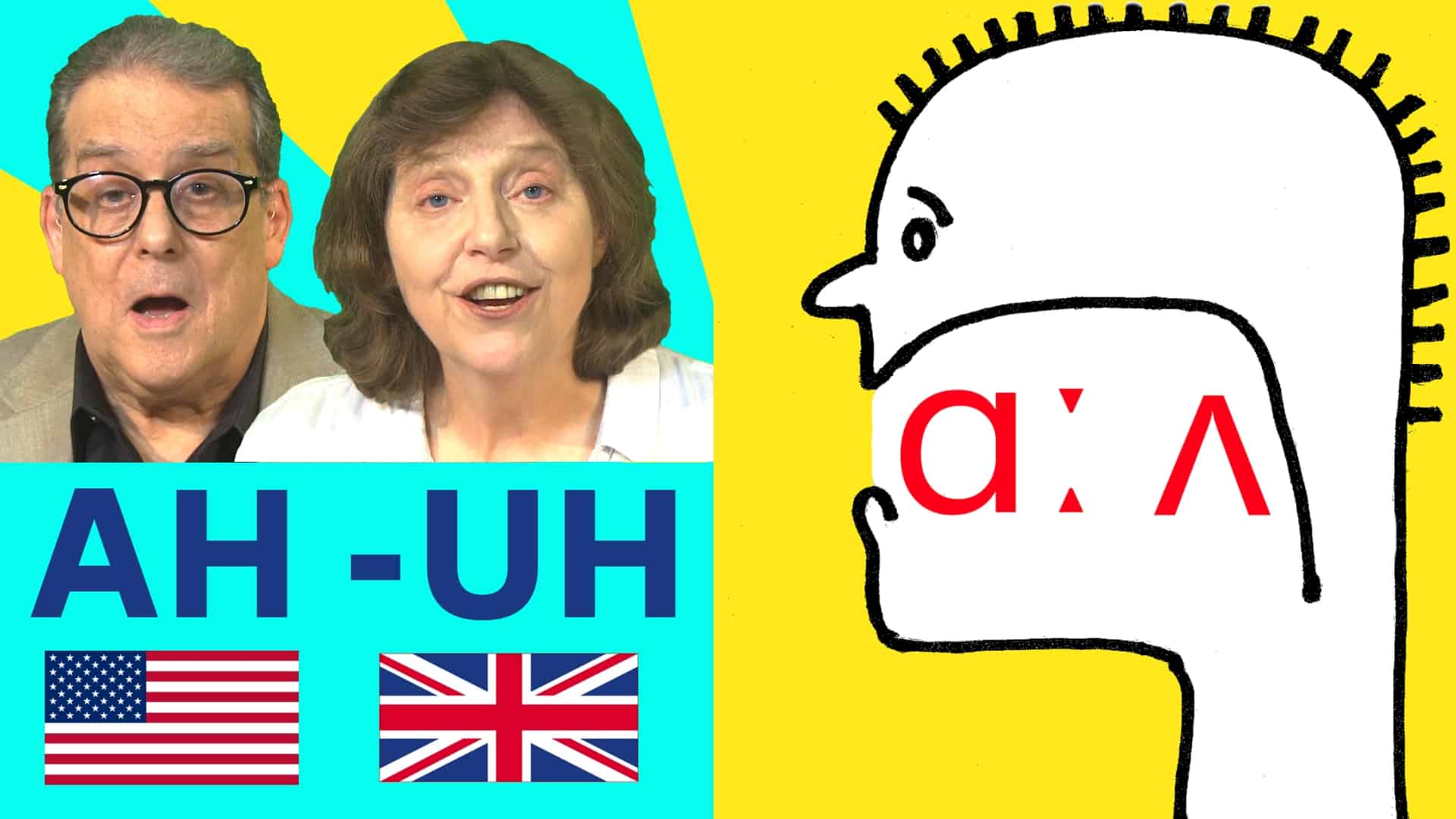
How to Disagree like a Native Speaker
Disagreeing is tricky in any language. It means you’re saying someone else is wrong or different and linguists have found it’s a dispreferred response. In this lesson we look at some steps English native speakers often follow when they disagree: Hesitating Asking challenging questions Saying ‘yes but…’ and adding their objections We note how the phrases I agree and I don’t agree are explicit and formal and hence have limited uses in everyday conversations, namely









